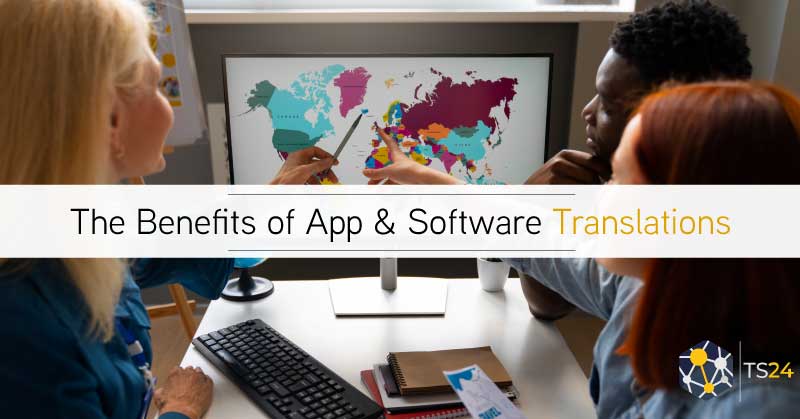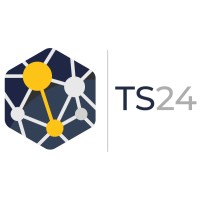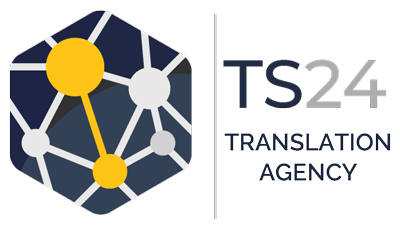The benefits of App & Software Translations
When the iOS App Store launched in 2008, it had only 500 apps. Since then, millions of apps have been added to iOS and Android app stores. In fact, 52,000 apps were added to the Google Play Store in just one month in early 2024.
However, only a few of these apps manage to make a mark. Think of all the apps you downloaded but never used or deleted within a few days.
So, what sets successful apps apart from unsuccessful ones? Without a doubt, o ne of the most important factors which contribute to this success are professional language translation services. Take the example of the game ‘Pokémon Go’. When it was first launched, it was only available in English. However, after translating the app into multiple languages, its popularity skyrocketed, making it a global phenomenon.
When it comes to marketing translations, app localisation is an integral part of it. It’s what makes your app successful in an international market. Our translation experts prepared an in-depth overview of the benefits of app translation.
EXPERT’S TIP: Is context important in translation services? Find out in our expert’s latest post!
What Is App Translation?
App translation is the process of adapting an app’s content, features, and overall design to a different language or culture. It involves translating all the text within the app, including buttons, menus, descriptions, and user interface elements.
The Goodreads app, a book review and recommendation platform, is a good example. In this app, the English version is tailored for an English-speaking audience. But when you switch to a Spanish version, everything changes, including the options at the bottom of the screen.
However, this is a straightforward example. Since the linguistic nuances and cultural context vary across different countries, more than a simple word-for-word translation is usually required.
The app has to be localised…
Localisation can have two meanings in this case. Geolocalisation means adapting the app to a specific region.
For example, suppose you have an app for your clothing store. You offer shipping to 10 countries and want to localise your app to all of them. Geolocalisation would encompass:
• Changing the currency as per the country of use
• Adjusting the units of measurement (e.g., inches to centimetres)
• Changing the date format (e.g. DD/MM/YYYY to MM/DD/YYYY)
Localisation can also mean cultural adaptation. In this case, you’d adapt your app to meet the cultural expectations of a specific country. For example, the UK version of your app may have swimsuit models, but that may not be culturally acceptable in a more modest country. So, you’d have to bear that in mind.
The same is true for the language. For example, you may run a Christmas holiday campaign on a UK site. But in a Muslim-majority country, changing it to a general end-of-season promotion or sale would make more sense.
EXPERT’S TIP: How important are style guides in professional translations? Find out!
Benefits of App Translation
Ease of Use
Part of the reason app user retention is so low is that users are bombarded with content they can’t understand. Think of an Arabic-speaking person trying to navigate an app fully in English. At some point, they’ll tire and delete the app.
Localisation helps improve user experience by making it easy for them to find the information they need. It also makes an app more useful and intuitive.
Sensitivity to Local Culture
With globalisation becoming more prevalent, businesses must learn to be sensitive to different cultures. Otherwise, things can go south quickly.
A notable example is BMW’s advertisements in the Middle East. The ad showed the Al Ain Football Club members halting the national anthem as a BMW engine drew their attention.
While BMW may have meant to show the lure and power of its brand, it was seen as disrespectful by many in the Middle East since the region is very passionate about its national symbols. The ad had to be pulled and edited.
The same goes for apps, too. It’s crucial to avoid using symbols, images, words, or phrases that may be offensive or disrespectful in a specific culture. Localisation is the key to ensuring your app is culturally sensitive, helping you avoid such mistakes and fostering a sense of responsibility towards your global audience.
Higher Revenue
As the app becomes accessible to more people, the potential for revenue growth increases significantly. This is especially true for apps that offer in-app purchases or subscriptions. By translating your app, you’re not just expanding your user base, but also opening new avenues for financial success.
Better App Store Rankings
Apps that get poor reviews tend to rank low in app stores. However, when your app is localised, users will be more likely to give positive reviews because they can use it without any language barrier. As a result, your app’s ratings and rankings improve.
How to Translate an App?
The first step in translating an app is to work with a translation company that offers marketing translation services. App translation isn’t something you can do in-house.
Your bilingual employee may be good at conversational translation, but marketing translations require a lot more than that. They require certifications and qualifications within the translation industry, and a marketing translation company like Language Reach will be better equipped for the job.
Filter through marketing translation service providers by considering factors like experience, budget, lexical knowledge, and reputation. When choosing a company, ask for their portfolio, client testimonials, and certifications. Also, enquire about their process, turnaround time, and post-translation support. Once you’ve found a company that meets your requirements, share your app translation checklist with them.
It could look something like this:
• Market Research: Start by learning about the target location, culture, religion, language, lifestyle, taboos, idioms, humour, etc.
• App Translation: Translate all the app’s text, including buttons, notifications, descriptions, screenshots, and metadata.
• Images and Graphics: Ensure all images, icons, and graphics are culturally appropriate.
• Currencies and Payment Options: If the app allows in-app purchases, change the currencies and payment options to reflect the options available in the target country.
• Technical Changes: Some languages are written right-to-left, unlike English. Similarly, the words in some languages may be longer or shorter than English words. Get UX designers and developers on board to account for these changes.
Translated by AI or Machine?
To save time, some companies opt for AI & Machine translations for their digital content. As a result, expert MTPE services are usually required. This includes a professional human translator and editor taking another look at your AI-translated content and enhancing the tone, accuracy, and style whilst ensuring that it is culturally suitable for the target user/audience.
Test, test, test…
After translation, it’s best to test the app. Monitor the new changes for a few weeks or months and notice if there’s a difference in the reviews or user engagement.
A positive change indicates successful market expansion. However, if you notice negative reviews or decreased user engagement, review all your steps again and find where improvement is needed.
Final Thoughts
Global expansion, albeit challenging, has become doable for most businesses today. Worldwide shipping and online orders make this process a breeze.
While brick-and-mortar stores may still face some logistical issues, apps don’t have to worry about them. Instead, app-based businesses can partner with marketing translation service providers to localise their apps for widespread use.
About TS24
Translation Services 24 (TS24) is an expert translation agency in London with expert translators in over 200 languages. We work with clients in all corporate and public industries and specialise in sector-specific linguistic solutions. With over a decade of experience in the industry, 15+ million words converted every year and 100,000+ projects completed, TS24 is a leading provider of expert translations and interpretation services and an officially certified member of the ATC. Contact TS24 here. You can also read all of our recent articles here.
Follow Translation Services 24 on Social Media






